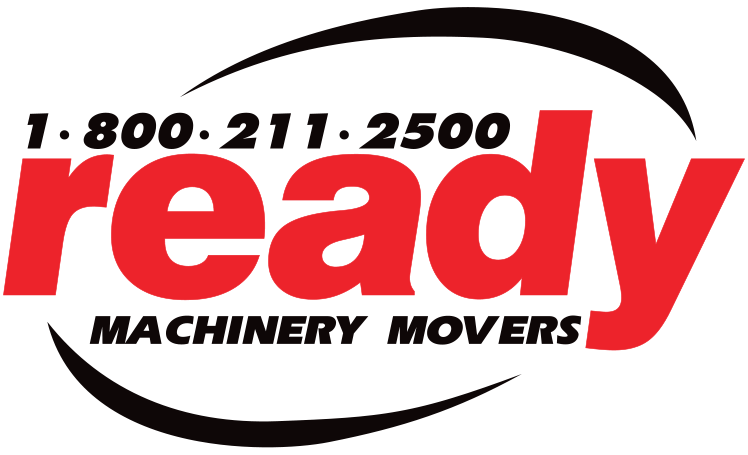Are you looking to gain a new skill to add to your experiences? Or are you wanting to change careers entirely? This blog features a guide to qualifying as a Forklift driver and what you need to do to obtain your certification!
Becoming a forklift driver
Becoming a forklift driver can open many doors for you and provide opportunities to build on your life experience. It can help you learn transferable skills which are invaluable in today’s climate.
A forklift vehicle is essential equipment for factories, businesses that operate out of warehouses and other construction related job sites. They’re used all over the world to aid workers in lifting heavy objects of various sizes and weights, improving efficiency and safety in the workplace.
Operating a forklift requires skill and knowledge of the machinery so that it can be operated correctly and safely. While you do not need a specific license to operate a forklift in Canada, you do need to have the proper training to gain a certification. Other countries may require a license to operate forklift machinery, always double check this.
Qualifying as a forklift driver
You need to find a decent training facility. This is where they can teach you everything you need to know and to be successful and safe in your new role. When choosing where you will study, it would be helpful to have a criteria to aid your decision making. This could include; the quality of the course based on reviews/feedback, as well as the content. The length of the course; ensure they are providing enough time for you to learn the material and take any necessary assessments.
Courses will generally be a mix of theory and hands-on practical work, enabling you to learn the technical theory aspects of the machinery and have the chance to handle the forklift in a controlled environment.
Ready Machinery is also a great place for opportunity to operate and gain experience with our full range of fork lifts within our own fleet. Forklifts that range from capacity of 5000 pounds all the way up to 120,000 pounds lifting capacity.
What is the right course?
Another item to consider when choosing what course to take, is knowing which kind of forklift classification you need. Canada alone has 7 unique forklift classifications and depending on the area you want to work in, will determine the classification you need when seeking certification. The 7 classifications are:
- Pneumatic tires/Internal combustion engine
- Electric motor narrow aisle
- Rough terrain, pneumatic tires
- Electric and internal combustion tractors
- Internal combustion engine, cushion tires
- Electric motorized hand or hand/rider
- Electric motor, rider, counter-balanced
You should seek to enroll in the courses which will provide specific training on the machines you will be operating on the job. You will then be best prepared and aware of the procedures involved. On completion of your training and legally certified, you can apply for operative jobs. You will need to keep your training up to date every couple of years. This is to ensure you are staying on top of any industry changes or updates. This will ultimately benefit you and your team no end.
As machinery changes and is upgraded, ways of working become more streamlined. It will reassure employers that you are serious about your career and are aware of safety. Being certified complies with law and regulations set by companies, but it can also enable you to be paid a higher wage and hired quicker as your qualifications will set you above the rest.
